This weekend I took a go at Hamelman's Whole Wheat Levain.
The levain itself seemed to go well. I initiated the levain according to the recipe on Saturday afternoon, and on Sunday morning it had risen and fallen back slightly.
I mixed the dough, including following Mariana's suggestion in one of her posts of giving a 30 minute autolyze after just mixing the water with most of the flour. I did "most of the flour" for that part, because a significant portion of the water was in the levain.
I also tried to make sure the dough was thoroughly mixed after adding the salt, the levain, and the rest of the flour. Mariana had emphasized the importance of thorough kneading (or mixing) for gluten development.
The problem came with the primary fermentation. I got only a small rise. I folded the dough once, after 90 minutes, then I am afraid I lost patience after 3 hours, and did the dividing and shaping, and let it sit for about 3 1/2 hours. Still only a small rise. I slashed, misted the loaves with water, and baked. The flavor was good, but there was only a small amount of oven spring. The loaves ended up somewhat dense.
The temperature for most of the day Sunday was at or under 70 degrees, not the 78 degrees that Hamelman prescribed. Is that likely the major problem? Should I have let the primary fermentation go on a lot longer?
My wife really likes whole wheat bread, but I have had a hard time getting it to come out right. White flour, or just a small proportion of whole wheat flour, has been a lot easier.
Colin

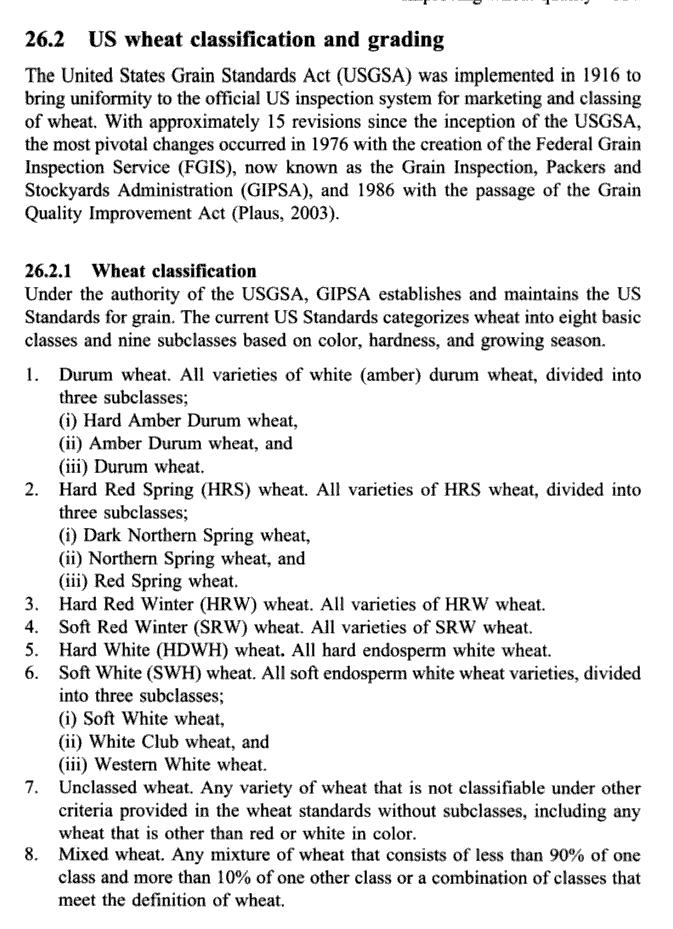



 Baguette and Epi
Baguette and Epi Baguette and Epi crumb
Baguette and Epi crumb 

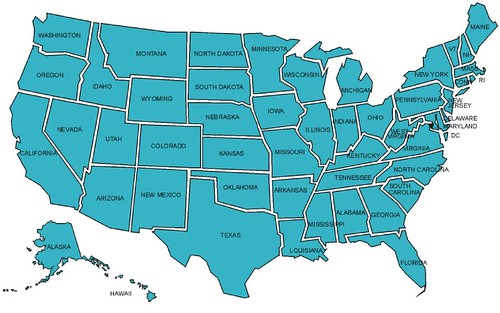
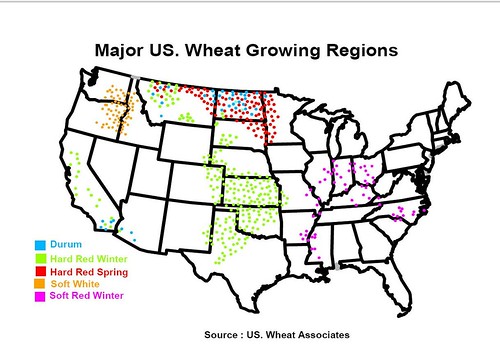

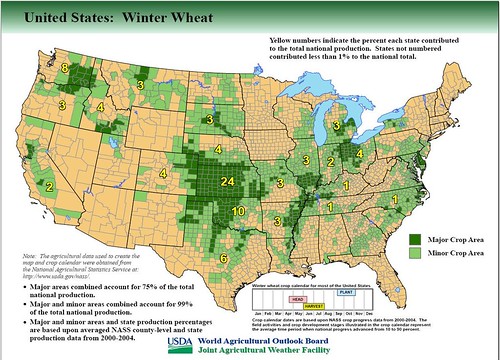
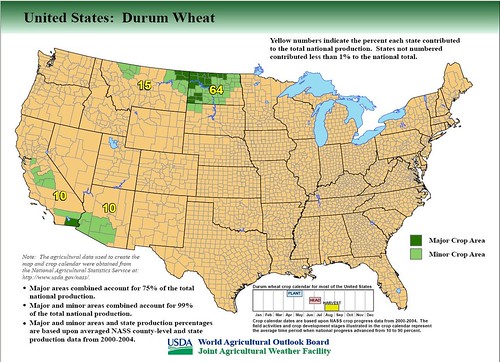
 Thom Leonard's Country French
Thom Leonard's Country French Thom Leonard's Country French Crumb
Thom Leonard's Country French Crumb




